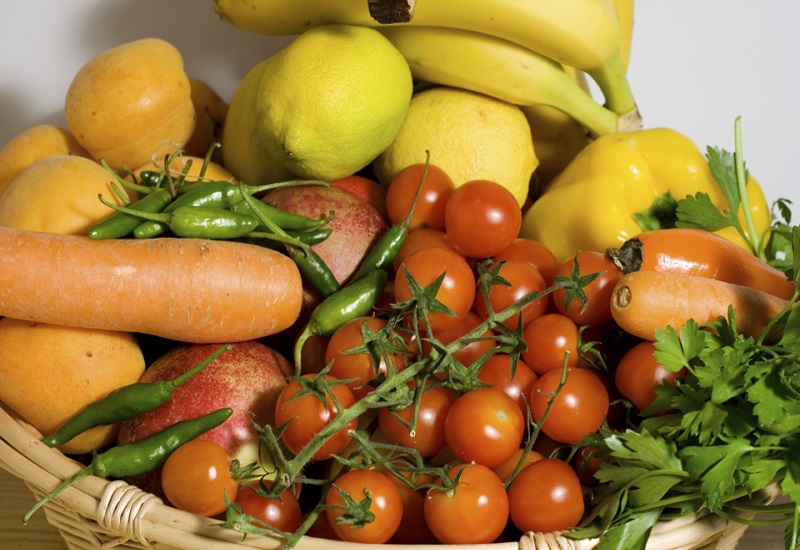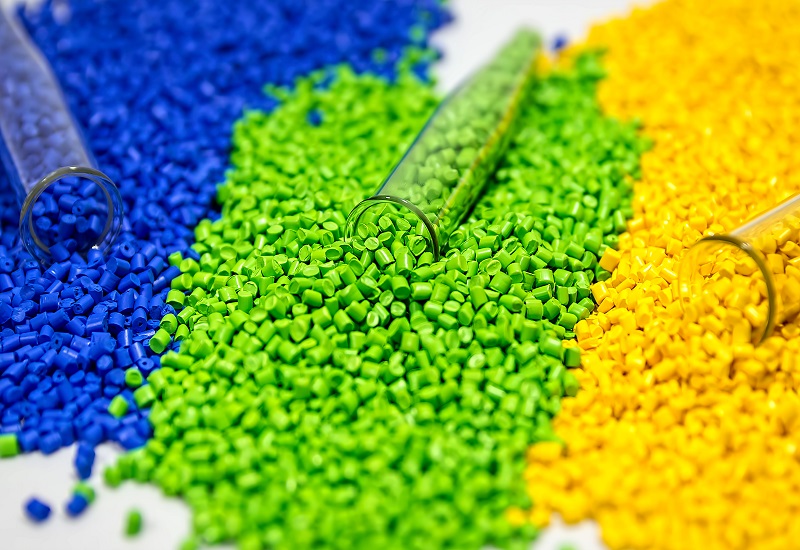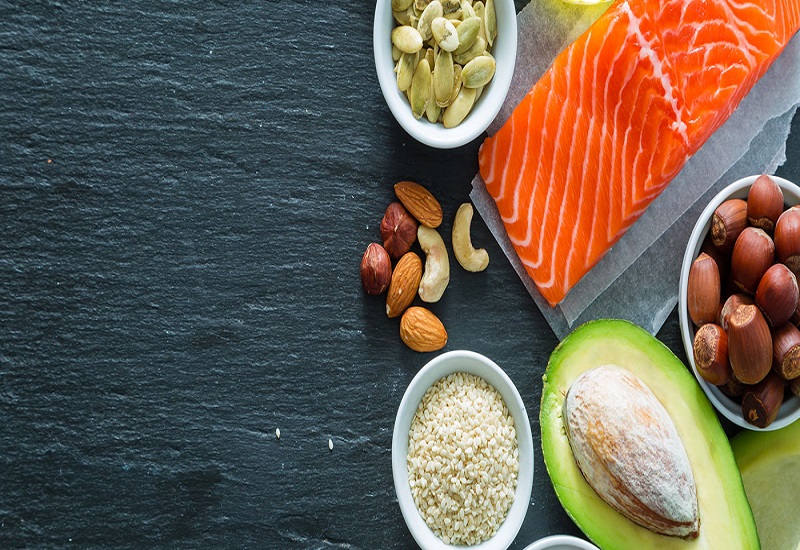






What are the natural and synthetic coloring ingredients used across food & beverage segments? What is expected to fuel demand for natural food colors across a range of end-use industries? What are the expected alternatives in the industry?

Assess the demand for plastics in EEE by end-use and plastic-type along with revenue forecasts through 2027. Get insights on the key participants, competitive factors, role of digitalization, influence of Industry 4.0, and much more.

How did this sector generate revenue of $19.16 billion in 2020? What factors will drive growth in this segment? How will manufacturers meet evolving industry demands and remain competitive? Read this research to learn more.

Agents are the front lines in handling customer emotions. Often when customers call, they have already exhausted poorly designed self-service options and are frustrated by the time the agent takes the call. The COVID-19 pandemic accelerated the need for work-at-home agent (WAHA) models and self-service to assist with rising call volumes. As a result, companies are rethinking the balance of self-service and live agents. However, companies are not seeing how crucial employees are to CX. Employee retention is still a low priority across industries.
Contact centers faced unprecedented obstacles last year. With remote work, peer support was lost, and remote training proved difficult without the right technologies and software. Having agents deal with sensitive data when they work from home without implementing security measures to protect customers has been particularly problematic. And creating and managing COVID-19 protocols is challenging for those who are on-site.
Schedule a dialog or email us at myfrost@frost.com to connect with an industry expert at no charge. We are taking unprecedented action to make our team available to help you cut through the media and politics to get factual one-to-one guidance for the issues and opportunities that matter most to your business.

How are changing lifestyles of consumers influencing the evolution of this segment?
Read more Request Info
How is portfolio expansion catering to the changing demand for sustainable ingredients?
Read more Request Info
What are the benefits and limitations of catalyst technologies that influence adoption?
Read more Request Info
Which business models and disruptive innovations are driving growth in this segment?
Read more Request Info

Why are additives considered an integral part of the polymer industry?
Read more Request Info
Which product differentiation strategies are key players adopting?
Read more Request Info
What are the technological developments across major segments?
Read more Request InfoBased on its recent analysis of the global commercial vehicle coatings industry, Frost & Sullivan recognizes Axalta with the 2021 Global Commercial Vehicle Coatings Company of the Year Award. The company was recognized for developing innovative coatings, which address the evolving needs of OEMs in designing lighter-weight vehicles and exterior components.
Read more
Aluminum as a material is circular and can be recycled unlimited times without losing its original properties. Economies moving forward should facilitate scrap handling smoothly and efficiently, from end-of-life scrap to reusing scrap during the production stage (in-house scrap). Aluminum can help in achieving circular economy goals.
Read more
Frost & Sullivan’s recent analysis reveals that the global prebiotic ingredients market for human nutrition is projected to reach $2,596.5 million in 2026 from $1,824.6 million in 2020 at a compound annual growth rate (CAGR) of 6.1%. Increasing awareness of immune and digestive health among consumers, novel sources competing with conventional prebiotic ingredients, the demand for fortified foods and beverages, and dietary supplements are driving demand.
Frost & Sullivan’s recent analysis, Global Fire Protection Coatings Growth Opportunities, finds that a rise in the stringency of regulations and safety advisory to augment the fire safety of buildings and constructions across sectors—oil and gas, petrochemicals, chemicals, and allied industries—is expediting the demand for fire protection coatings globally.
Frost & Sullivan’s recent analysis, Global 3D Printing Materials Growth Opportunities, finds that the global 3D printing materials market is projected to reach $3.18 billion by 2027 from $1.33 billion in 2020 at a compound annual growth rate of 13.3%. The market is driven by the growing acceptance and deployment of 3D printing technologies in product design and development functions.
Read more